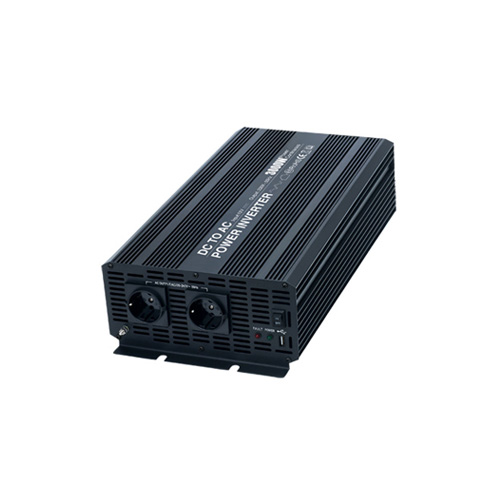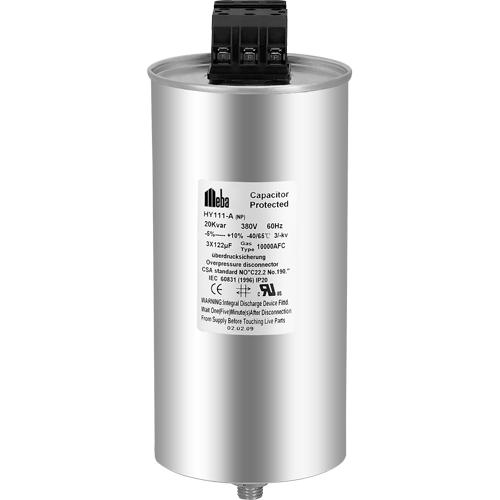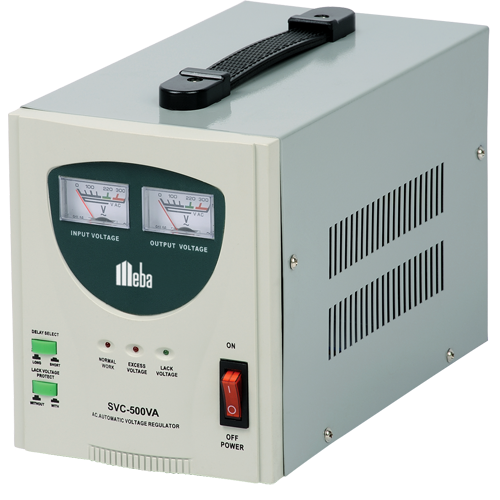Cable ties are hardware items used to keep cables or wires together. They operate on a gear rack and ratchet basis, giving them an effective locking mechanism as well. Due to its excellent capacity to produce a more effective tie on the bundle, it has an advantage over conventional sheet metal type ties. Additionally, these cable ties are more flexible and robust. When compared to traditional metal-based ties, they are also more affordable.
Their vast range of applications is due to the use of a light, durable material like nylon. Cable ties are offered in a variety of qualities, colors, and sizes to satisfy the needs of the consumers. They can readily connect heavy items since they are naturally robust and adaptable. These offer an airtight lock and are rust-free. Its use is not just restricted to electric systems. These are also utilized in packing and freight because of their superior locking and binding strength.

Circuit breakers from mccb circuit breaker manufacturer, which in theory operate electromechanically, are employed in the electrical system as a safety measure to guard against any failure of electrically powered equipment caused by an overload or short-circuit. They are always positioned between the electrically powered equipment and the power supply. Since they always link the source to the terminal device, they always serve as a connector or safety switch. Over the past ten years, industrial use of circuit breakers has become more significant than home use.
It is employed in a variety of industrial settings and has been given several names based on its characteristics, such as MCB (miniature circuit breaker), MCCB (Moulded Case Circuit Breaker), and MPCB (motor protection circuit breaker). Each of them carries out a comparable task, but at various circuit junctions. Comparing circuit breakers to conventional fuses, advantages exist. It is not self-destructive, and there are options for manual and automated resets.
Because the mechanism is placed in a shock-free neutral housing, even a regular person may remove a worn-out circuit breaker and replace it with a new one. Breakers made by Square D are among the most well-liked on the market right now and have been for a long time. Commercial Square D breakers have a convoluted numbering system that is highly useful to comprehend. Both new and worn breakers can be repaired using these techniques. You can buy square d breaker online.
Follow us on Facebook



























